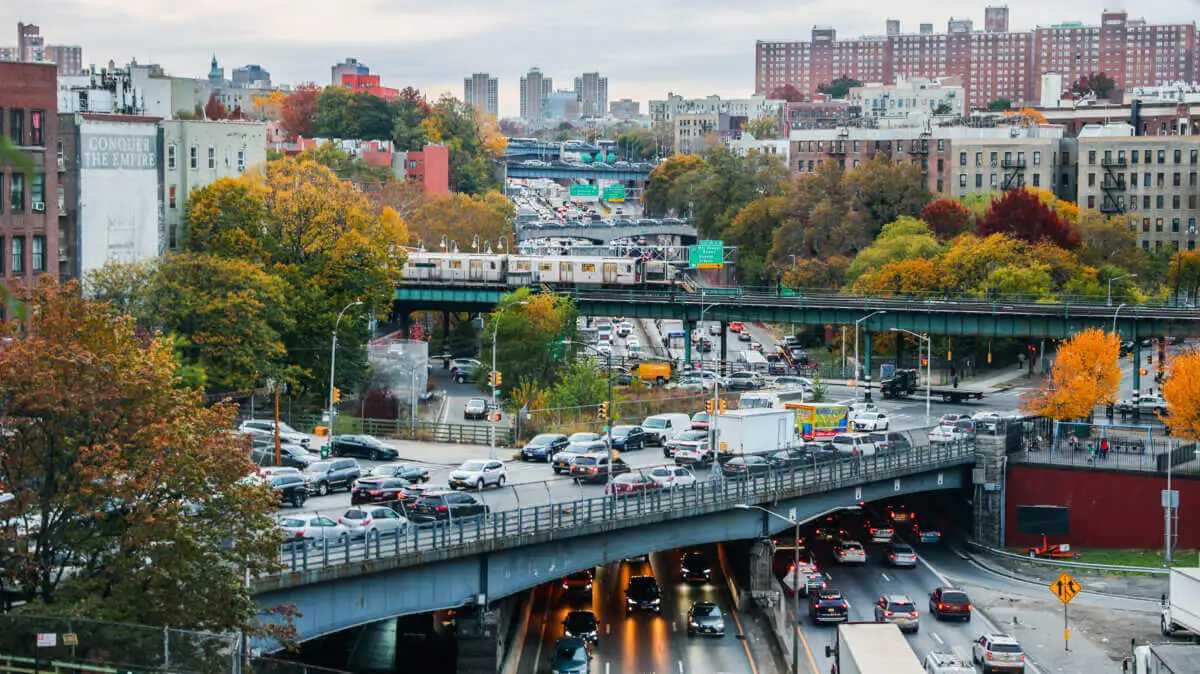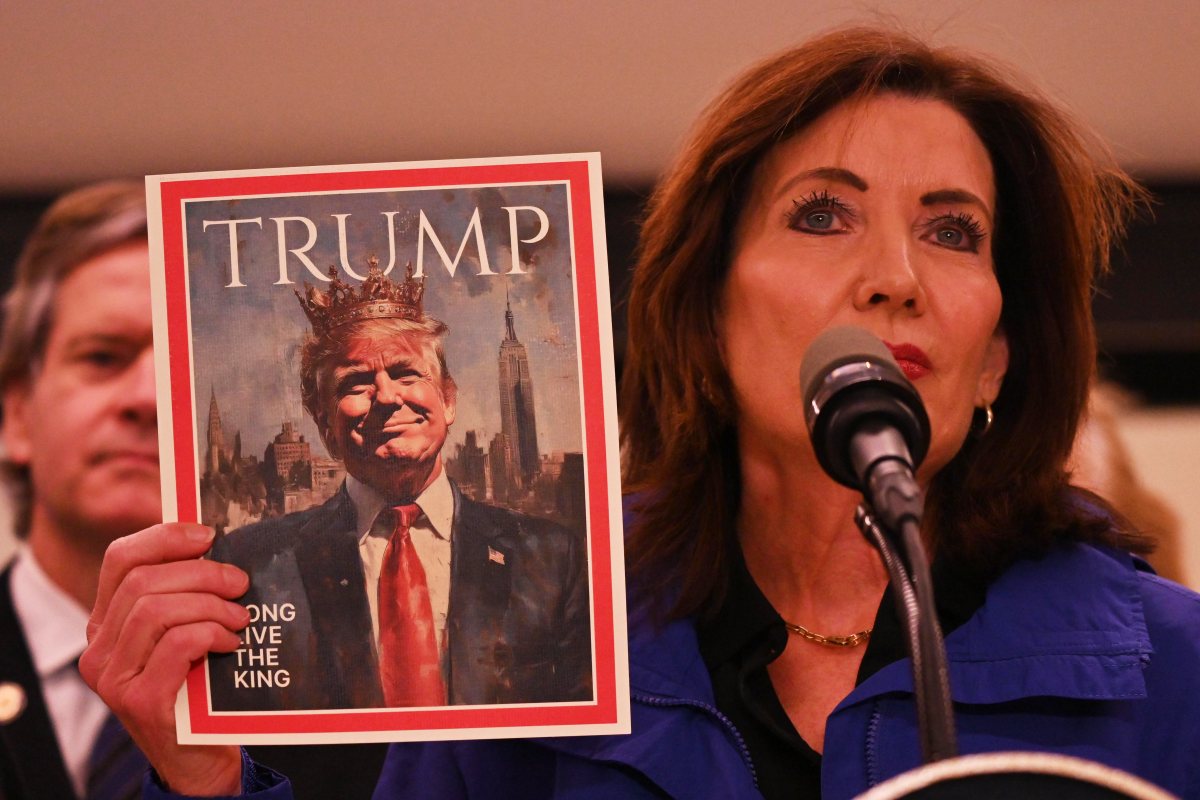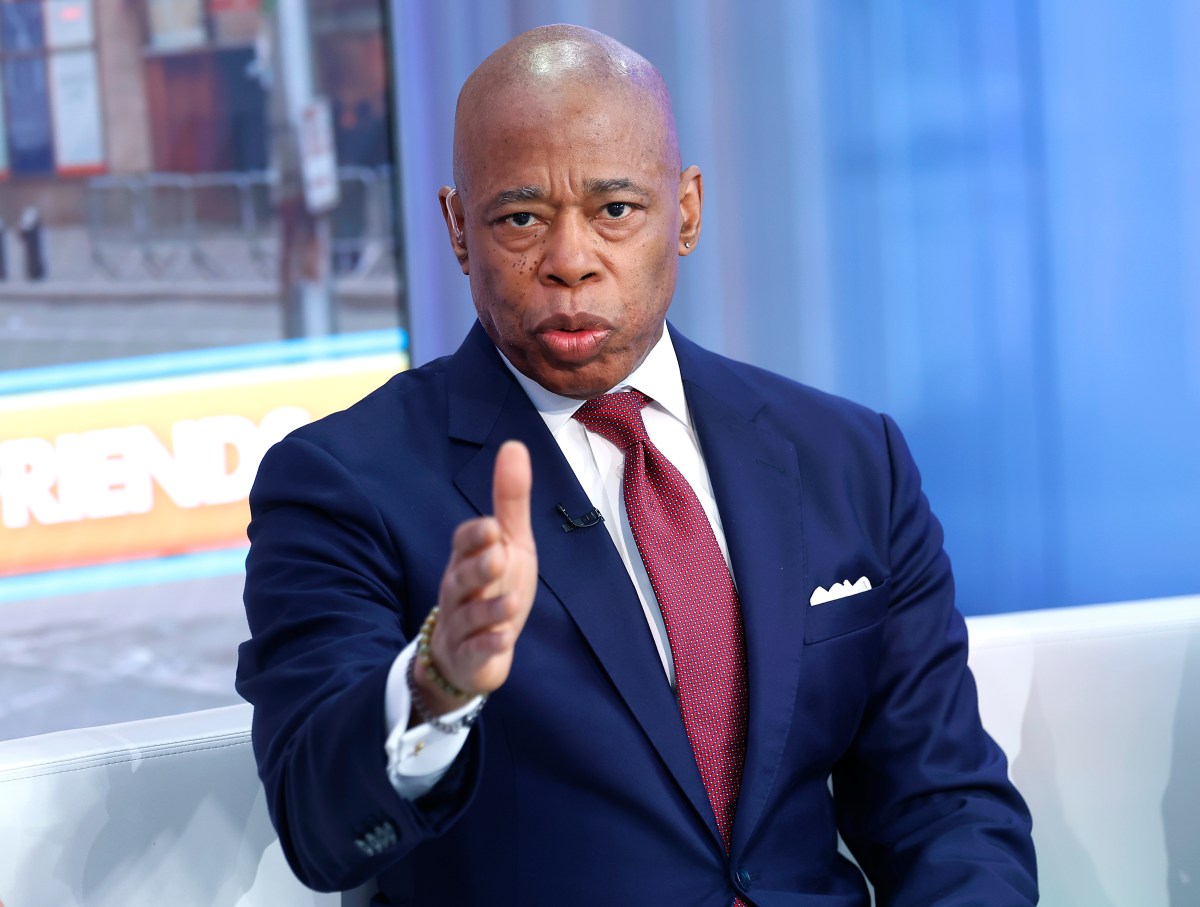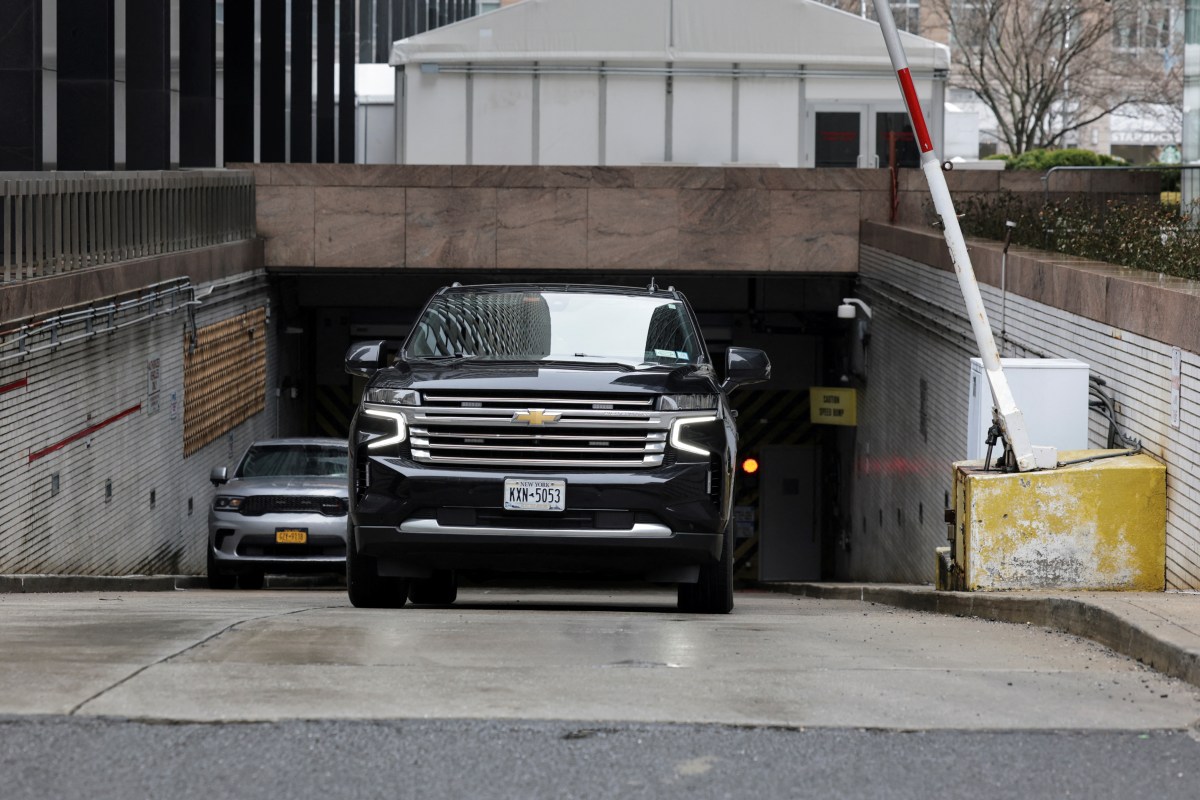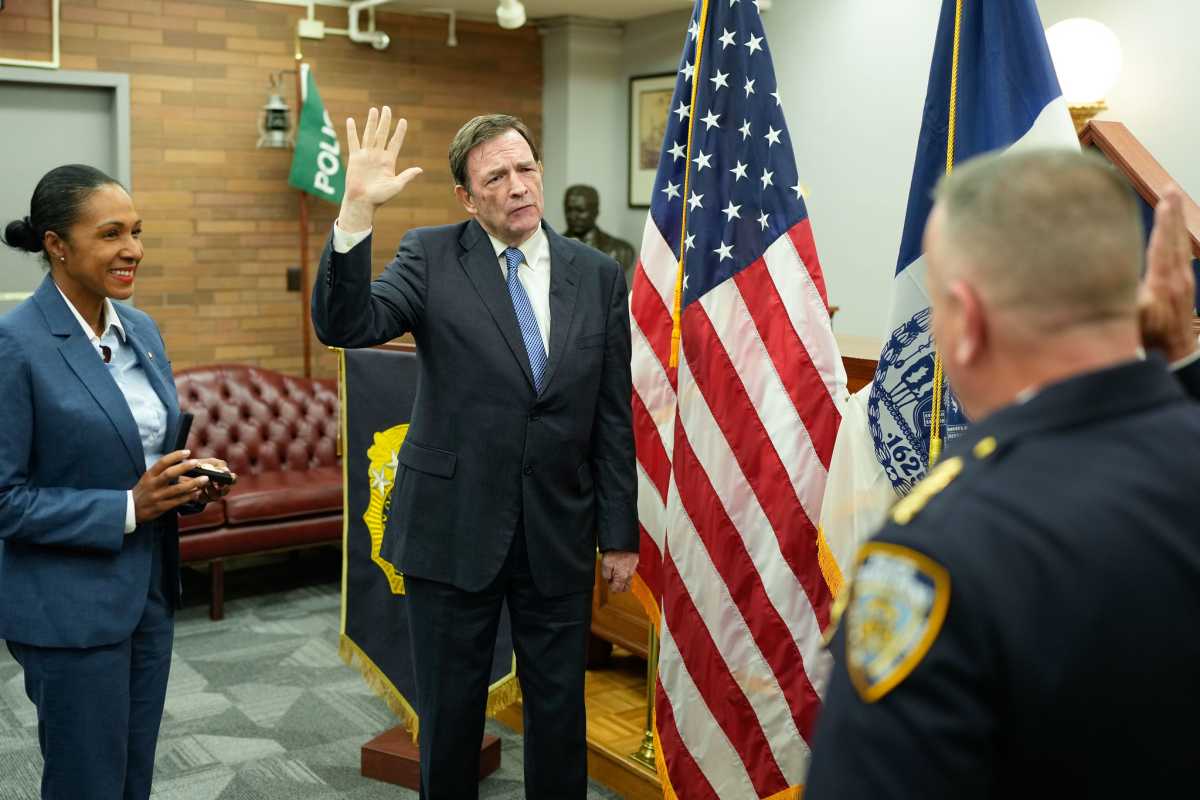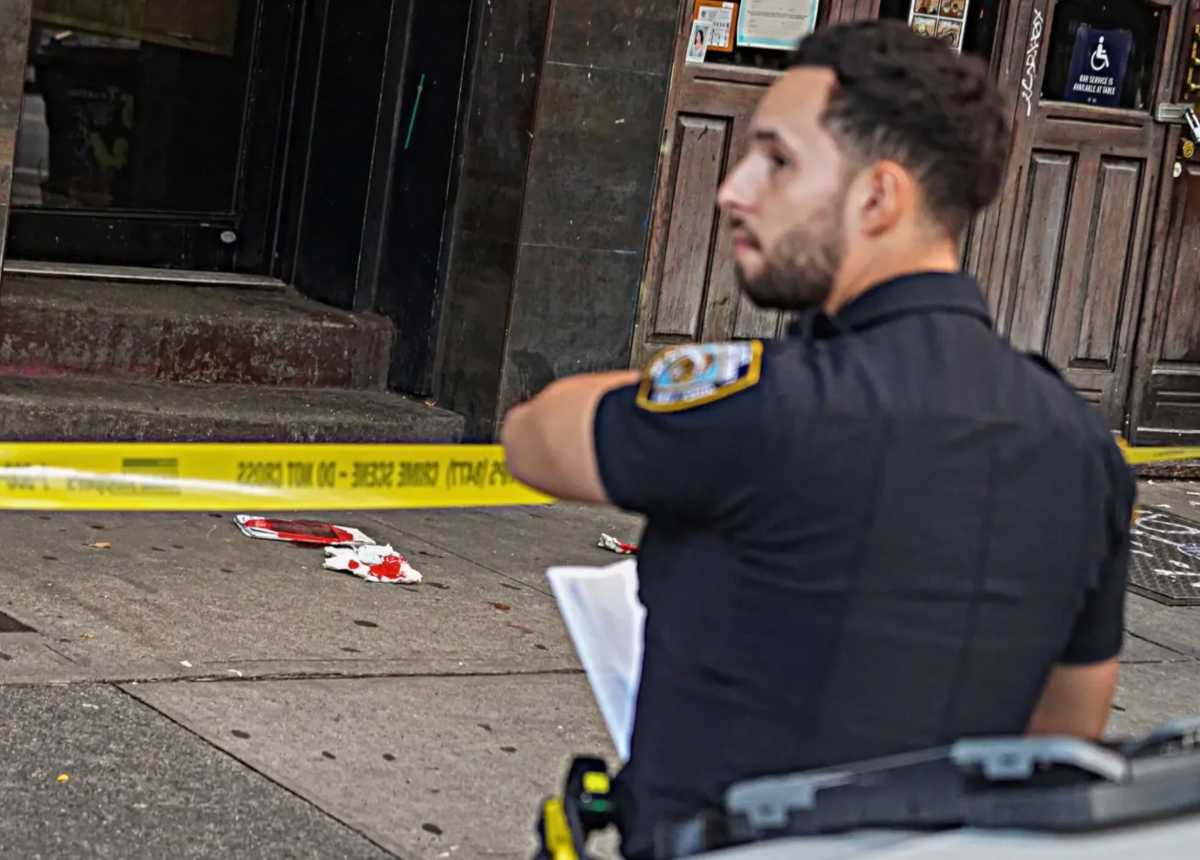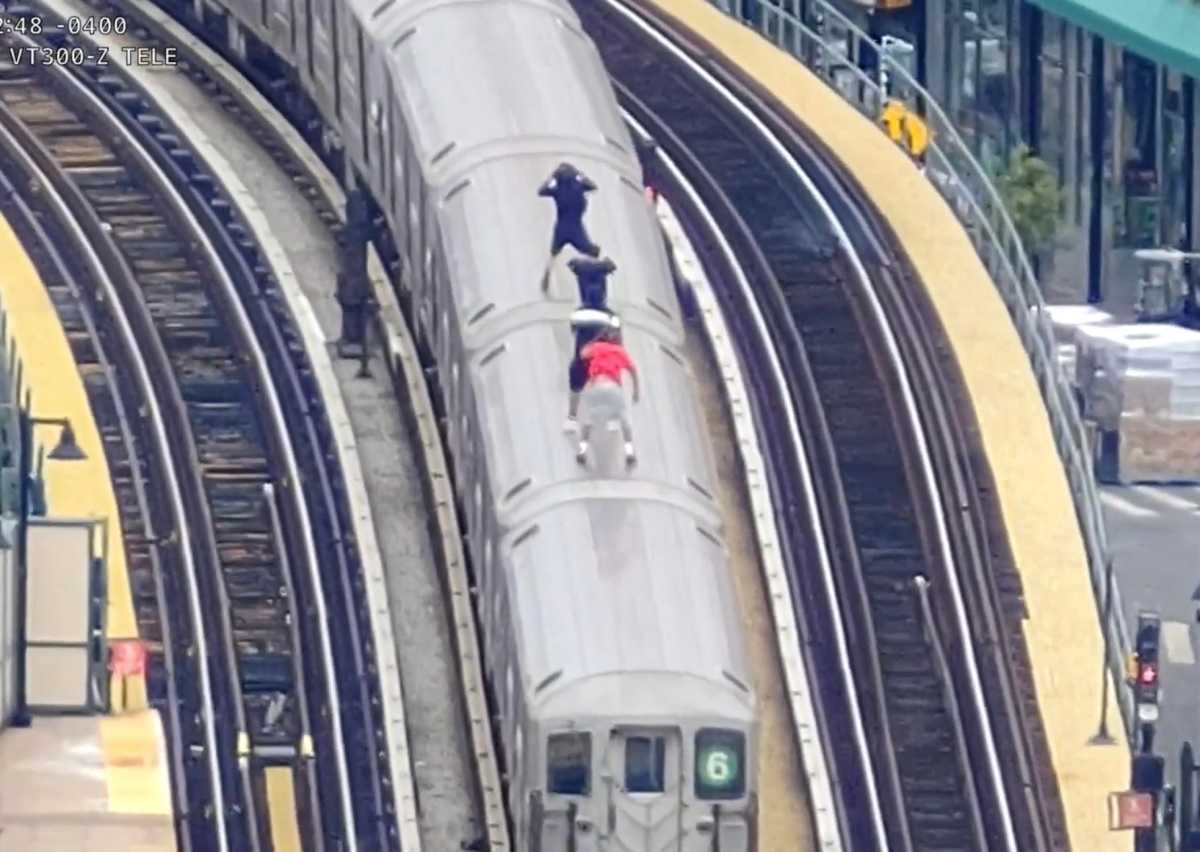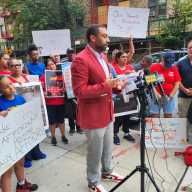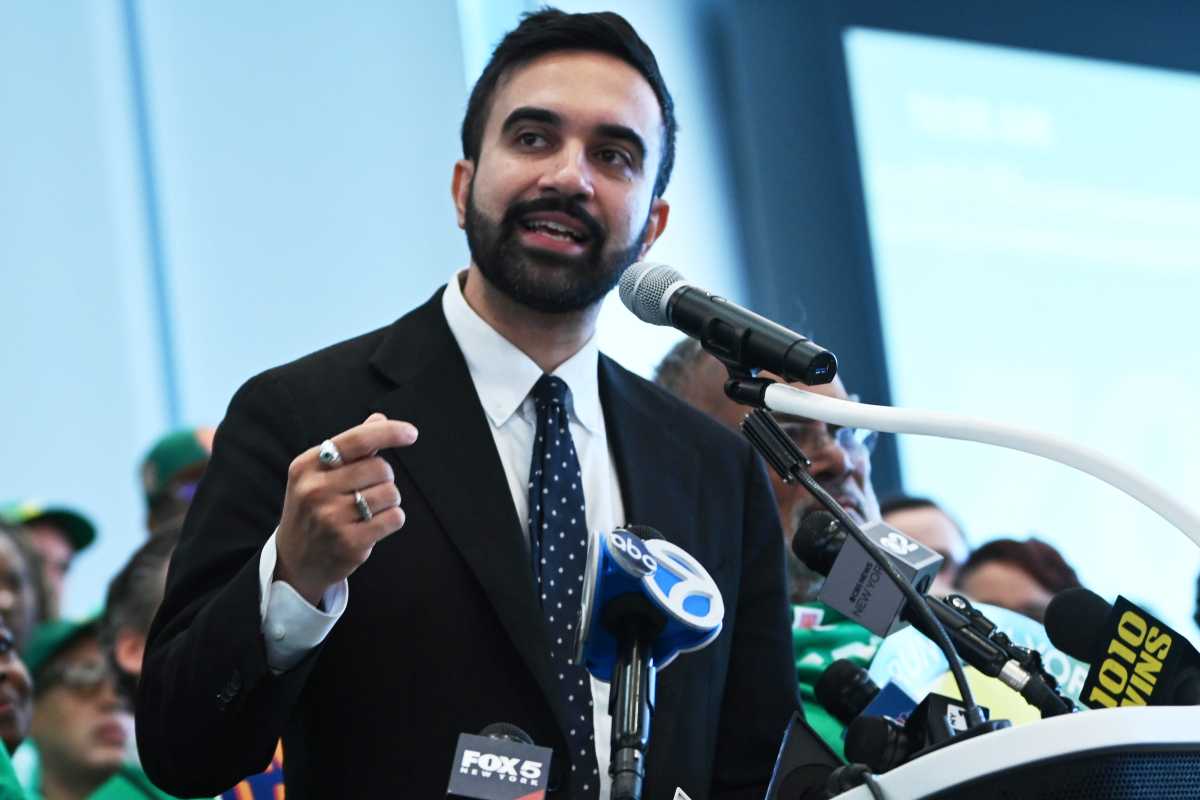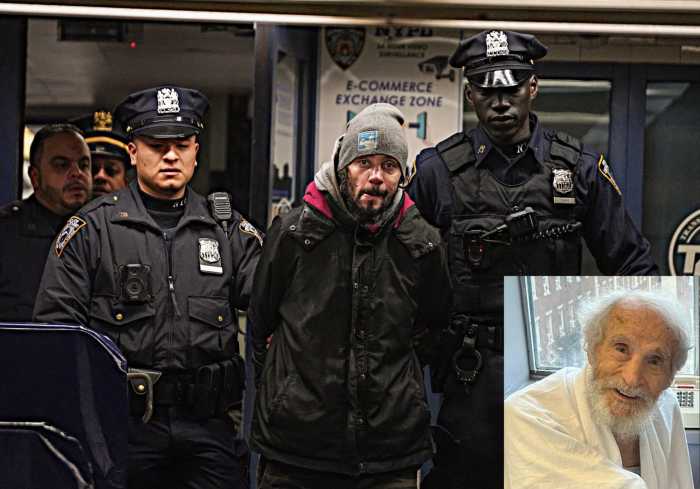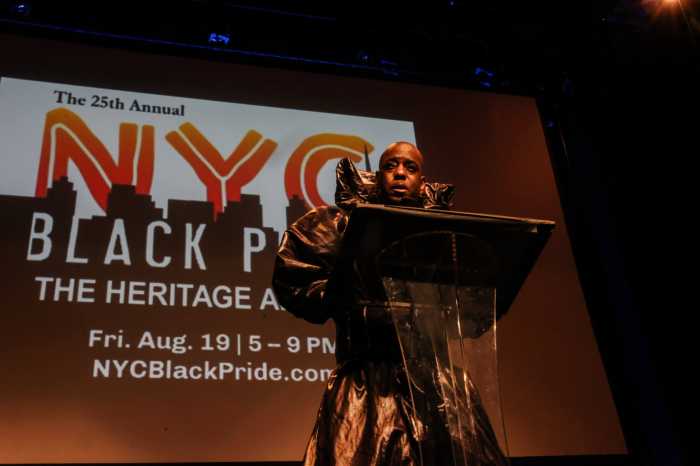The Trump administration took a decisive step Wednesday to halt New York City’s congestion pricing program, drawing a strong reaction from Bronx officials.
The plan, which began on Jan. 5, imposes a $9 toll on most vehicles entering Manhattan’s central business district, aiming to reduce traffic while funding critical improvements to the region’s aging transit system.
Transportation Secretary Sean Duffy sent a letter to Gov. Kathy Hochul Feb. 19 rescinding the program’s federal approval, arguing that the toll unfairly burdened working-class New Yorkers. That sentiment was shared by the Bronx’ only Republican Council Member Kristy Marmorato, who represents District 13 in the northeast section of the borough.
“This toll never should have been implemented—it unfairly targeted working-class families, small businesses, and everyday commuters who are already struggling in this economy,” Marmorato told the Bronx Times. “Now, it’s time for our governor to accept reality—New Yorkers don’t want this cash grab, and it should be permanently suspended.”
Duffy, in the letter, said he was yanking federal support for the program because it did not allow for any toll-free driving options to enter the city.
“New York State’s congestion pricing plan is a slap in the face to working class Americans and small business owners,” Duffy said a statement about the decision.
The top transportation official also accused the program of charging drivers under false pretenses, noting that it was not strictly about reducing traffic in Manhattan but that it was really about raising money for the transit system.
The decision has reignited debate in the Bronx, which could benefit from improvement projects to public transportation, but also will see some negative environmental impacts from drivers who will divert their routes through the borough to avoid paying the toll. Ultimately, many Bronx officials thought the benefits outweighed the cost.
Bronx Borough President Vanessa L. Gibson blasted the Trump administration’s decision, calling it “reckless and irresponsible” for removing a revenue source without providing an alternative to fund MTA improvements like new accessible elevators and modernized infrastructure.
“Let the legal battle begin, Folks,” she said from her personal X account.
City Council Majority Leader Amanda Farías, who represents District 18, also criticized the move, emphasizing the state followed proper legal procedures to enact congestion pricing.
“If we are serious about investing in transit and reducing congestion, the state should stand by its commitment and follow through,” Farías said in a statement.
City Comptroller Brad Lander, a candidate in the 2025 mayoral race, condemned the decision, attributing it to Trump’s political influence.
“Congestion pricing is working: traffic is down, travel times have plummeted 30%, transit ridership has surged, and hundreds of millions of dollars are flowing to improve our subways and buses,” Lander said. “We must not let Trump drag us back to crappier subway service, standstill traffic, and smoggier air.”
Hochul and MTA Chair and CEO Janno Lieber have vowed to fight back, filing a lawsuit against the Trump administration to preserve the program. At a press conference following the federal decision, Lieber made it clear that congestion pricing remains essential to the city’s future.
“New York ain’t going back,” Lieber said. “We tried gridlock for 60 years. It didn’t work. It cost our economy billions. But you know what’s helping our economy? What’s making New York a better place? Congestion pricing.”

